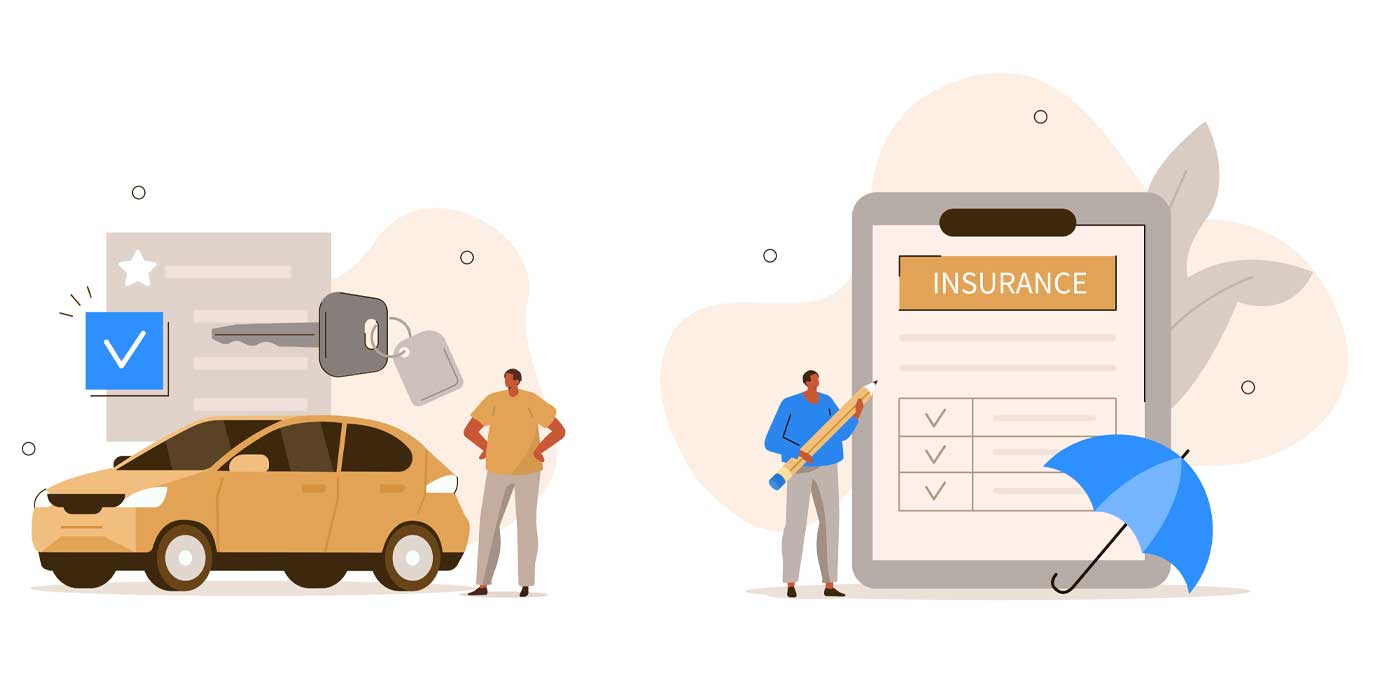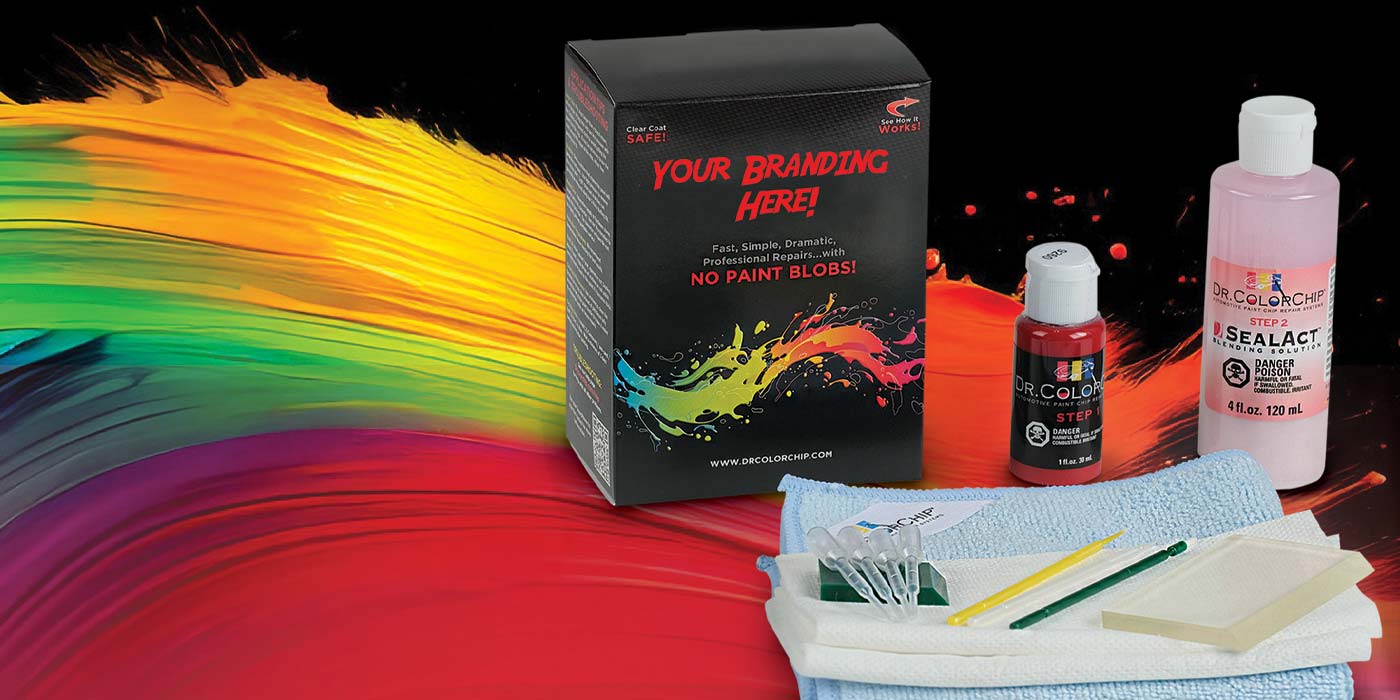Reinsurance company ownership helps dealers build personal wealth with tax-advantaged income. But performance can’t be measured in profits and losses alone. Properly selected and leveraged, the right program can benefit every aspect of your dealership enterprise — from F&I and fixed ops to succession planning and key manager retention.
Here are the first five of our comprehensive review of 10 common mistakes dealers make in their pursuit of maximum production and profitability.
1. Settling for the Factory Program
This was my biggest mistake when I was a dealer. The factories want dealers to stay loyal to their program — they want this profit that really belongs to the dealer.
Contrary to what the OEM says, their program is not what’s best for the dealer. They may promise more cars or bigger allocations; however, they can’t do that. It’s discriminatory to the other dealers.
Dealers should remember that once they are signed up on a factory program, the factory then has control of and visibility into your service and parts operations. You could be subject to additional audits. You’ll also be subject to using factory time standards for repairs and the factory warranty labor rate instead of retail customer pay rates. So, it will cost the dealership service and parts revenue.
And if there’s a factory warranty audit, the factory will have visibility — which can also bleed over into your reinsurance program. And there could be exposure for chargebacks.
You shouldn’t be settling for an OEM program. I strongly recommend that if you are considering this, you do your due diligence and compare other programs first.
2. Choosing the Wrong Program for Your Dealerships and Your Personal Financial situation
It’s very important for you to consider your future plan for the dealership. Do you have adult children who are going to be entering the business? Not understanding the tax ramifications of your decisions can cost you a lot of money in the long run.
It’s very important to have a long-term goal and planning session with your trusted advisors, including your CPA and attorney. Determine what you’re trying to accomplish by building wealth. Is it a long-term goal or do you need more money now? Also take a look at who is working in the dealership. Do you have partners? Do you have key managers? A thorough comparison of all the available programs and an understanding of how each can help you meet your short- and long-term goals is imperative.
3. Prioritizing Fees Over Total Profitability and Structure Benefits
When you form a reinsurance company, depending on the structure, you may have to come up with a set capitalization amount and pay fees to establish and annually renew your charter and file your reinsurance company’s tax returns. While it’s important to pay a reasonable fee, you need to take a look at the total net return or benefit after fees.
“Low-fee” providers may not give you many of the critical benefits and the right structure, and you may end up finding that you don’t have access to your money.
Once again, this is why it’s important to compare the programs side by side. A thorough review will include about 30 questions and stack all the providers up against each other. In my experience, the programs with the lowest fees are the least likely to provide the structure, service, support and reporting you need.
Be fee aware, but don’t make the fees the focus of your program selection. There’s a lot more that goes into your decision than just the fees.
4. Not Managing Rates, Claims and Trends
Rates are very important — these are the costs that the F&I managers are selling from inside the F&I office. And there are many things that affect rates — certain cars that have a higher breakdown rate and increasing parts prices, for example — so your provider needs to adjust what F&I is charging. You must choose a provider that fully comprehends this.
If you’re not staying on top of those rates, comparing them to actual repair trends, comparing them to your loss ratios and loss severity, and making sure to make annual (at least) rate increases and doing some reserve and rate analysis, you will very quickly see repair costs go up, and then find that you’re not collecting enough as you sell a contract. This will negatively affect profitability in your reinsurance company.
Regularly look at those trends. Make sure your rates are not necessarily just competitive with the factory rates, but that you’re also collecting enough money to maintain a healthy loss ratio inside the company.
5. Not Understanding How or When to Take Loans or Dividends
One of the biggest mistakes I find that dealers make is that they do not involve their key advisors and their CPAs as they set up their reinsurance company. Understanding the ability to take dividends and loans to meet your goals is a very important aspect of building wealth. Some providers allow loans only from earned premium. A few providers also allow loans from unearned premium. You want a provider that is very sensitive to your changing needs.
When a dealer decides to take distributions from their reinsurance company, they often take dividends when they should actually take out a loan. There are no taxes on loans as long as they’re repaid, but there are taxes on dividends.
You and your provider have to know what the money is going to be designated for to determine the best option. It’s a good time to involve your CPA. They need to know what you’re trying to accomplish, because once the dividend is taken, it can’t be paid back, nor can you recover the taxes you paid.
In the next issue, we’ll discuss mistakes 6 through 10, with an important “bonus” mistake.














